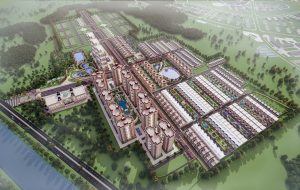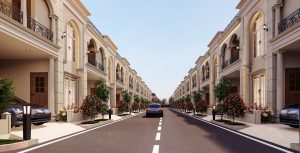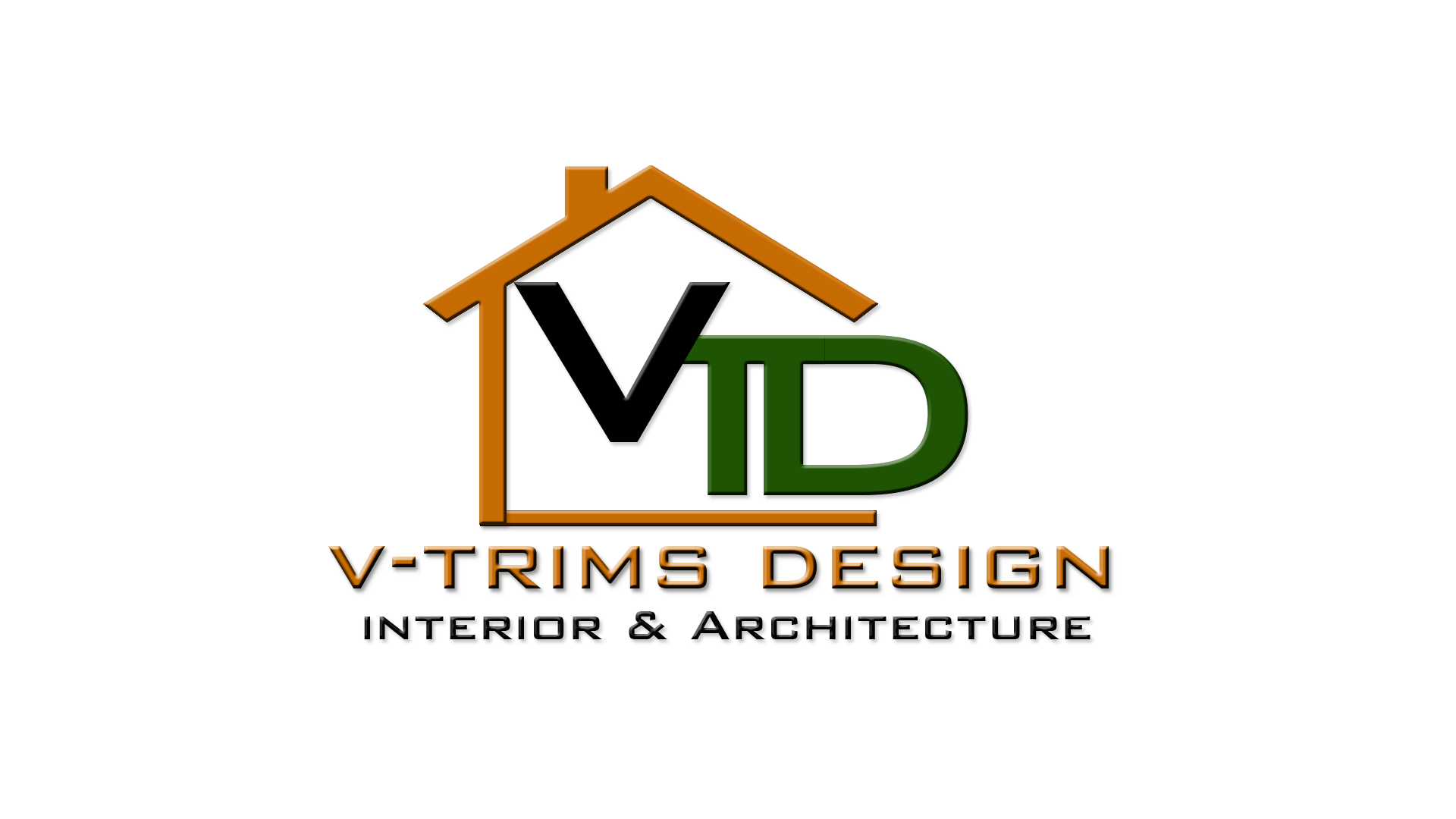NIKHIL GAMING.
2 months ago

Cities are dynamic entities, constantly evolving to meet the needs of their growing populations. At the heart of this transformation lies architecture, a discipline that extends far beyond designing buildings. Architects play a pivotal role in shaping urban landscapes, addressing challenges related to city planning, traffic management, and infrastructure development. By blending creativity with functionality, architecture profoundly influences the quality of life within urban areas. Their contributions ensure cities are both functional and inspiring, balancing historical preservation with future-oriented solutions.

Urban planning is a multidisciplinary approach to designing and managing the physical space of cities. It seeks to balance the needs of residents, businesses, and the environment while ensuring sustainable growth. Architects, as integral contributors to urban planning, bring their expertise in spatial design, environmental integration, and community-focused solutions to the table. Their work is instrumental in turning theoretical frameworks into practical realities that benefit urban populations.
One of the most pressing challenges in urban areas is managing the flow of people and vehicles. Architects collaborate with urban planners and engineers to design infrastructure that addresses these issues effectively. Their solutions enhance connectivity while minimizing congestion, creating efficient systems that prioritize accessibility.
Infrastructure development is a cornerstone of urban growth. Architects contribute to the creation of bridges, tunnels, airports, and other critical structures. Their designs ensure these elements are not only functional but also aesthetically pleasing and durable, capable of withstanding the challenges of urban expansion and climate change. Resilient infrastructure adapts to natural disasters, population surges, and technological advancements, securing the future of urban environments.
Architecture’s influence on cities extends beyond physical structures; it shapes the social fabric of urban life. Thoughtful design fosters community interaction, inclusivity, and well-being. By prioritizing human-centered design principles, architects create spaces that promote social cohesion and reflect the diverse needs of urban populations.

As cities continue to grow, architects will play an increasingly critical role in addressing emerging challenges. Innovations such as smart cities, which integrate technology into urban infrastructure, and adaptive reuse of existing buildings highlight the forward-thinking contributions of architecture to urban planning. Future cities will prioritize sustainability, connectivity, and resilience, driven by architectural ingenuity.
How Architecture Shapes Cities: Architecture is not just about constructing buildings; it is about shaping the very essence of cities. Through their involvement in urban planning, architects contribute to functional, sustainable, and inclusive urban environments. By addressing the complexities of traffic management, infrastructure development, and community needs, they ensure cities are not only livable but also thriving hubs of innovation and culture.
Moreover, architects are visionaries who balance tradition with progress, ensuring that urban spaces honor their past while embracing the future. In the ever-evolving landscape of urbanization, architects remain at the forefront, guiding cities toward a future that balances progress with sustainability and human connection. Their work transcends physical structures, leaving an indelible mark on the social, cultural, and environmental fabric of our cities.
If you’re looking for expert architects to bring your vision to life, contact Best architecture firm in Lucknow today and let’s create something amazing together!
5 months ago
VTRIM Design isn’t just designing buildings — they’re designing experiences, stories, and lifestyles. Highly recommended for anyone who values quality, aesthetics, and integrity in architecture.
6 months ago
Gajab ke designer h mera ghar bnaya h jabse roz dekh ke unhi ko yad krta hu kya bnaya h.
6 months ago
Best architecture firm in Lucknow. Exceptionally good in terms of designing and service standards. Professionalism and dedication towards each project is outstanding. I Wish them great success in future. Highly recommended go for v-Trims design
6 months ago
VTRIM Design isn’t just designing buildings — they’re designing experiences, stories, and lifestyles. Highly recommended for anyone who values quality, aesthetics, and integrity in architecture.
6 months ago
Best interior designer in lucknow and best creativity work in interior design
6 months ago
I'm painter and i have been working for long time with v-trims design . This fir is done many attractive projects
6 months ago
"VTRIMS Design truly listens to your needs and offers creative solutions. Their team is very responsive and skilled. Highly professional."
6 months ago
Excellent company.The team is young,talented,and very passionate about design
6 months ago
"If you're looking for modern and elegant interiors, VTRIMS Design is the go-to place. Loved their approach, especially the 3D visuals before execution."
6 months ago
⭐⭐⭐⭐⭐ "From concept to completion, everything was handled with perfection. The team is young, talented, and very passionate about design."
6 months ago
⭐⭐⭐⭐⭐ "Loved working with them! My kitchen and dining space look like something out of a magazine. Superb craftsmanship."
6 months ago
It's nice company work is very fast trustable company Clint always happy interior design so attractive and amazing team all good❤️❤️
6 months ago
⭐⭐⭐⭐⭐ "Very professional team! They handled my 3BHK interior project beautifully. Timely delivery and unique designs. Thank you VTRIMS Design."
6 months ago
"Very professional team! They handled my 3BHK interior project beautifully. Timely delivery and unique designs. Thank you VTRIMS Design."
6 months ago
"Brilliant design, smooth execution and a truly professional team. They turned our vision into a beautiful, functional space we know call home . Highly recommended! "
6 months ago
V Trims is a firm with young and dynamic Architects who are very innovative in designing. They make very good looking contemporary structures with clean finish
6 months ago
Exceptional creativity and execution! The design team perfectly understood our vision and brought it to life with style and functionality. Professional, detail-oriented, and truly passionate about their work. Highly recommended for anyone looking to elevate their space!
6 months ago
They are doing very well construction finishing as welll best wishes for future endeavours
6 months ago
it's too good . There way of talking there designs everything is totally wonderful you all will like their presentation
6 months ago
First of all thanks for V trims design team provided good quality of work unique design i have batter expression with them this credit total goes to Ar vinod Chauhan sir
6 months ago
Just wanted to say a sincere thank you for all the work you have done for us in creating our amazing new space. We love it and were continually impressed by your professionalism, attention to detail, care and the support you provided us during this project. You made the process so easy for us and we are very grateful.
6 months ago
The man behind V-Trims is wow....Hire & give your dream home or Project a wow !!
6 months ago
Keep it up, you’re doing a great job in building architectures. All the best.
6 months ago
"V Trims Design Company is a game-changer in the architectural design field, delivering innovative and functional designs that exceed expectations. Their expertise and attention to detail make them a top choice for any design project."
6 months ago
"Highly impressed every detail reflected thoughtful design and quality craftsmanship.
6 months ago
"Highly impressed with their creativity and professionalism! Good working company... 💪
6 months ago
"Highly impressed with their creativity and professionalism! The team delivered a perfect blend of aesthetics and functionality. Every detail reflected thoughtful design and quality craftsmanship.
6 months ago
Every detail, from the foundation to the finishing, shows top-notch craftsmanship of V-Trims Designs.
6 months ago
"Very professional team! They handled my 3BHK interior project beautifully. Timely delivery and unique designs. Thank you VTRIMS Design."
6 months ago
V-trims Design (Architectural & Interior Design) deals all types of building design, interior design, survey, layout plans for plottings. They provide best quality service at affordable price in U.P.
6 months ago
V-Trims provides exceptional service with a team that's responsive and professional. Their attention to detail and commitment to quality make them a top choice for Architect and interior design.
6 months ago
The firm and its supporting team are genuinely sincere and dedicated.
6 months ago
A really great firm with amazing designs with state of the art features. Decent cost and one of the most disciplined and dedicated team an individual as a client can ask for with very smooth execution.
6 months ago
Sir your work is very beautiful The interior design you have done is beyond comparison. The elevations you have made, the plantation you have done and your team working is very good. I pray to Allah that you get a lot of success.
6 months ago
The trendsetting and innovative architectural capabilities of Vinod and his team set them apart as leaders in the industry.
6 months ago
They managed the project effectively, keeping us on schedule and within budget." or "We were particularly impressed with their ability to adapt to unexpected challenges." "They skillfully addressed any challenges that arose during the project, finding creative solutions."
6 months ago
One of the best architect firm in lucknow There is a lot of cleanliness in their work, all the staff is experienced and well trained, I will always recommend V trims to everyone
6 months ago
"From concept to completion, everything was handled with perfection. The team is young, talented, and very passionate about design."
6 months ago
Very good experience with v-trim team and good supportive team for all the movement to built your dream home...Thanks v-trims ...🙏🙏
6 months ago
Top best Architect for lucknow please contact to V trims Design for every type of Buildings design & Interior/Exterior designing......
6 months ago
Here's a 5-star rating review for V-Trims Design | Architect & Interior: ⭐⭐⭐⭐⭐ Exceptional Design and Professionalism! I had an amazing experience working with V-Trims Design. Their attention to detail, innovative ideas, and seamless execution truly set them apart. From the initial consultation to the final touches, their team was professional, creative, and responsive to every need. They transformed my space into something both beautiful and functional, exceeding my expectations in every way. Highly recommended for anyone looking for top-tier architectural and interior design services!
6 months ago
"VTRIMS design transformed my home into a dream space! Their attention to details and creativity blew me away . Highly recommended for premium interior design in lucknow .
6 months ago
"VTRIMS Design transformed my home into a dream space! Their attention to detail and creativity blew me away. Highly recommended for premium interior design in Lucknow."
6 months ago
"If you're looking for modern and elegant interiors, VTRIMS Design is the go-to place. Loved their approach, especially the 3D visuals before execution."
6 months ago
Very professional team! They handled my 3BHK interior project beautifully. Timely delivery and unique designs. Thank you VTRIMS Design.
8 months ago
"One of the rare firms that balance creativity, technology, and budget without compromising quality. Absolutely worth it!"
11 months ago
Top-Tier Architectural Expertise in Lucknow! Vtrims Design is undoubtedly one of the best architecture firms in Lucknow, offering innovative and aesthetically stunning designs that perfectly blend functionality with creativity. As a leading architect in Lucknow, their team excels in residential, commercial, and interior design projects, delivering outstanding results tailored to client needs. Their expertise in modern architectural solutions, space planning, and sustainable designs sets them apart. Whether you're looking to design a luxurious home, a contemporary office, or a commercial space, Vtrims Design ensures every project is executed with precision and excellence. If you're searching for a trusted and experienced architect in Lucknow, look no further than Vtrims Design. Their professionalism, attention to detail, and commitment to quality make them the go-to choice for architectural services. Highly recommended!
V-Trims Design is an architectural design and construction company in Lucknow founded by young entrepreneurs with a love of design and the belief that every home should be designed to impress and that every person should have a designer lifestyle.
